#Retro Revival
Explore tagged Tumblr posts
Text

she wins first place (in my heart) 🏆
#my art#hobby artist#digital art#digital drawing#dan and phil games#dan and phil#dnp games#dnpgames#dnp art#phan art#daniel howell#phil lester#dress to impress#retro revival#retro girl#y2k#fan art
38 notes
·
View notes
Text
Bryan Ferry: The Man Who Invented the '80s Before They Began
Before the bold neon lights, synthesized beats, and sharp-shouldered suits of the 1980s became cultural staples, one man had already envisioned it all: Bryan Ferry.
The Roxy Music frontman didn’t just shape a band or a genre—he defined an era long before the calendar flipped to 1980. His fingerprints are all over what we now think of as "the '80s," from its sonic innovations to its sartorial elegance and unapologetic decadence.
From Glam Rock to Synthesizers
Roxy Music hit the scene in the early '70s, standing out from their contemporaries with a sound that was both glamorous and experimental. Ferry’s voice—a mix of velvet smoothness and raw emotion—floated over tracks that blended rock, art pop, and avant-garde experimentation. But by the time the late '70s rolled around, Roxy Music evolved into something sleeker, something sharper. Manifesto (1979) and Flesh + Blood (1980) marked a shift towards a sound that would define the new decade: lush, melodic, and drenched in synthesizers.
With hits like "Dance Away" and "Over You," Ferry wasn’t just following trends—he was setting them. His solo work, like the sultry Boys and Girls (1985), solidified his status as the godfather of that polished, synth-driven aesthetic that would dominate the charts throughout the '80s.
Bryan Ferry was blending glam rock and art pop with synth-laden sophistication before the '80s began.
Decadent Elegance Meets New Romanticism
If music shaped the ears of the '80s, Ferry’s style shaped its eyes. Long before New Romantics like Duran Duran and Spandau Ballet turned up in frilly shirts and tailored suits, Ferry was crafting an image that mixed high fashion with an avant-garde edge. In Roxy Music’s early days, he was all about the glam: sequins, lamé, and sharp cuts that screamed opulence.
But by the mid-'70s, Ferry pivoted to an aesthetic that can only be described as decadent elegance. Think tailored suits with rakish ties, crisp white shirts, and a cigarette dangling insouciantly from his fingers. He took inspiration from Old Hollywood, European aristocracy, and even the jazz age, wrapping it all in a modern sheen. This look became the blueprint for what we now associate with the '80s: a sense of luxury and sophistication with just a hint of excess.
David Bowie, a contemporary and kindred spirit, was also redefining what it meant to merge music and style. However, while Bowie often embraced flamboyance and theatricality, Ferry leaned into restraint and refinement, creating a more understated vision of glamour.
His sharp suits & aristocratic glamour became synonymous with '80s decadence.
The Original “Cool Britannia”
Ferry didn’t just make music or wear suits—he curated a lifestyle. He was the walking embodiment of cool Britannia long before the phrase existed. His collaborations with designers and photographers elevated album art into high art, with covers like Avalon (1982) becoming iconic visual statements. Roxy Music’s visual presentation was as important as the sound, with everything from music videos to stage design dripping with sophistication.
The ‘80s obsession with aspirational living—the penthouses, the yachts, the champagne—can be traced directly back to Ferry. But it wasn’t hollow materialism; his version of decadence had depth. It was about art, culture, and creating an entire world where beauty mattered.
What Ferry Started, Others Perfected
The '80s may have crowned stars like David Bowie, Madonna, and Prince as cultural icons, but the foundation was laid by Bryan Ferry. His blend of music, fashion, and art was years ahead of its time, and while others took his cues and ran with them, Ferry’s influence remains unmistakable.
He didn’t just predict the '80s—he willed it into existence. And while the decade would eventually embrace excess and lose some of the elegance Ferry infused into it, his legacy as the architect of the era is undeniable. Without him, the '80s as we know them might never have happened.
#Bryan Ferry#Roxy Music#80s Music#Glam Rock#Synth Pop#New Romantic#80s Fashion#Vintage Style#Decadent Elegance#Retro Aesthetic#Glamour and Style#Men's Fashion Icons#1980s Culture#Music History#Pop Culture Icons#Art and Music#Cool Britannia#Retro Revival#Vintage Vibes#Timeless Style#Music and Fashion#Aesthetic Inspiration.
4 notes
·
View notes
Text
Retro-Futurism in Music: The Comeback of Synthwave and Its Cultural Significance
A deep dive into how retro-futuristic genres like synthwave are making a resurgence, fueled by nostalgia for the ‘80s and a yearning for imagined futures. Listen to the article: Retro-Futurism in Music: The Comeback of Synthwave and Its Cultural Significance In a world where technology drives us forward at an unprecedented pace, it might seem surprising that a genre rooted in nostalgia for a…
#80s Nostalgia#Cinematic Soundscapes#Cyberpunk#Digital Escapism#Electronic Music#featured#Futuristic Music#Indie Music#magazine#music#Music Trends#Neon Aesthetics#Nostalgic Music#Outrun#Pop Culture.#Radio editorial#Retro Revival#Retro-Futurism#Retrowave#Synth Music#synth wave#synthwave#Underground Music#Vaporwave#Vintage Futurism
4 notes
·
View notes
Text

Mountain Splash: Retro Flat Design Delights!
#Retro#Flat Design#Mountain#Splash#Vibrant#Colors#Scenic#Visuals#Adventure#Nostalgia#Graphic Design#Illustration#Art#Nature#Landscape#Modern#Retro Revival#Aesthetic#Digital#Creativity#Fresh#Eye-catching#Geometric#Vintage#Contemporary#Stylish#Fun#Playful#Minimalistic#Trendy
2 notes
·
View notes
Text
"We Live In Time" Stars Andrew Garfield And Florence Pugh Pose For Bustle
Step back in time with Florence Pugh and Andrew Garfield in an unforgettable shoot that melds past and present!
Link to the full story: https://www.theomenmedia.com/post/exclusive-peek-florence-pugh-and-andrew-garfield-s-mesmerizing-bustle-photoshoot

#Pugh Garfield Bustle#Timeless Elegance#Florence Pugh#Andrew Garfield#Bustle Magazine#Fashion Photoshoot#Vintage Vibes#Hollywood Glamour#Style Icons#Retro Revival#Fashion Meets Art#Photo Of The Day
1 note
·
View note
Text
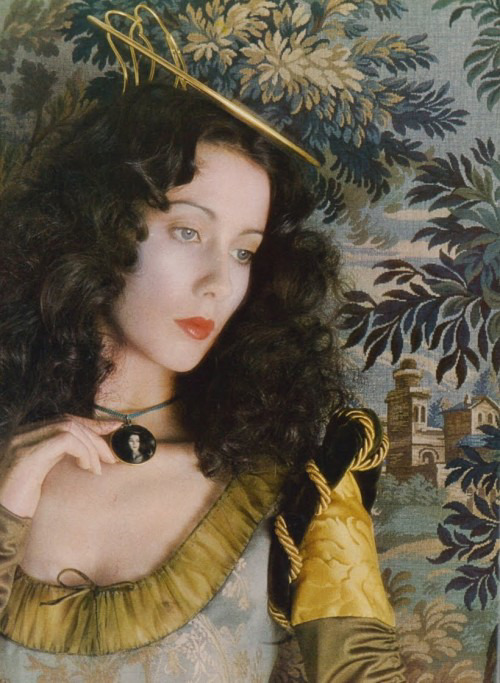
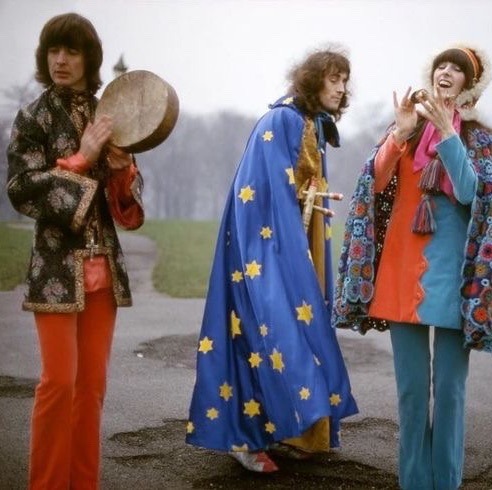

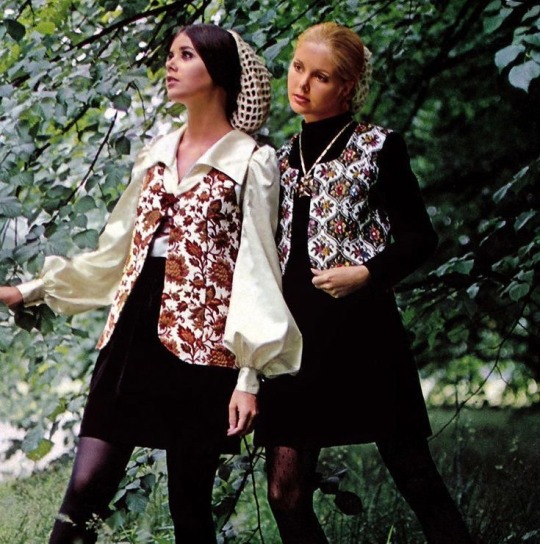

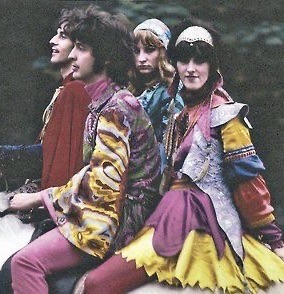

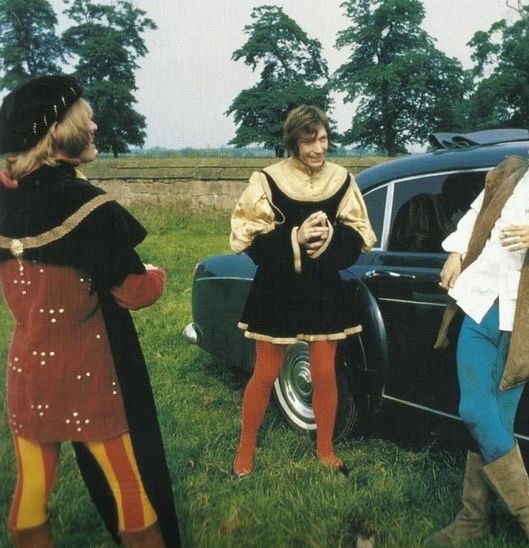
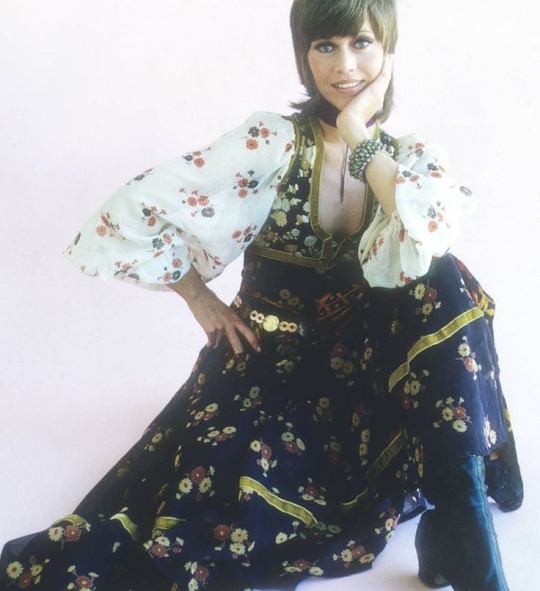
Late 60s early 70s medieval revival Part 2
#vintage#70s#1970s#60s#1960s#1970s fashion#retro#1960s fashion#vintage aesthetic#vintage fashion#1960s aesthetic#1970s aesthetic#fashion history#fashion#medieval revival
3K notes
·
View notes
Text
happy pride month enjoy these alternate falsettos revival posters i made

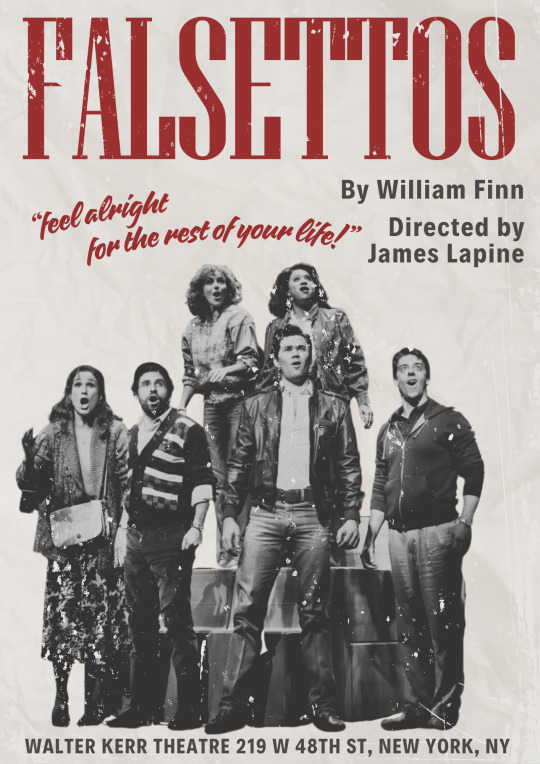
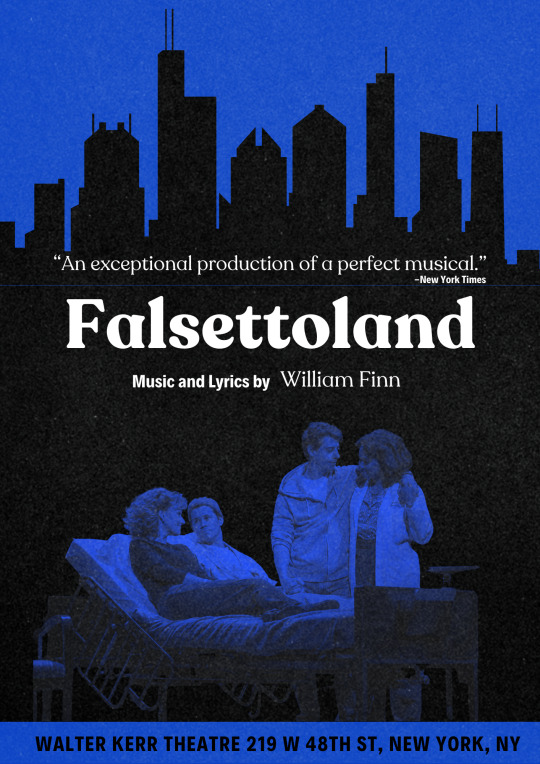

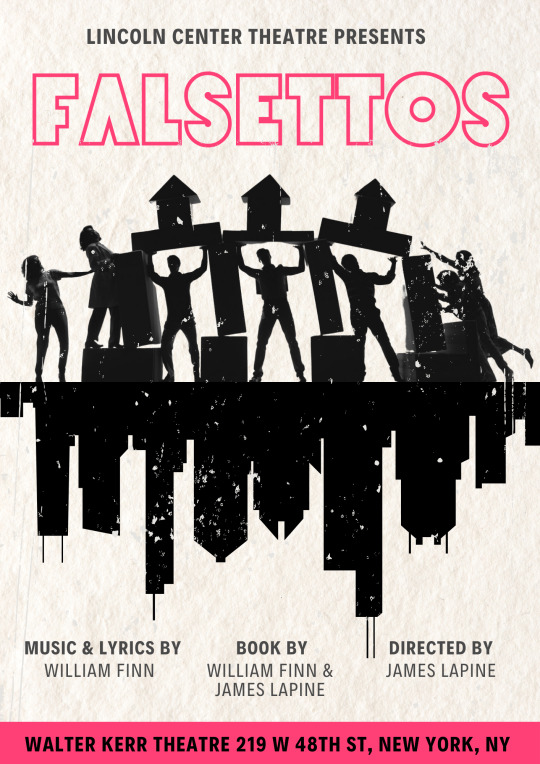
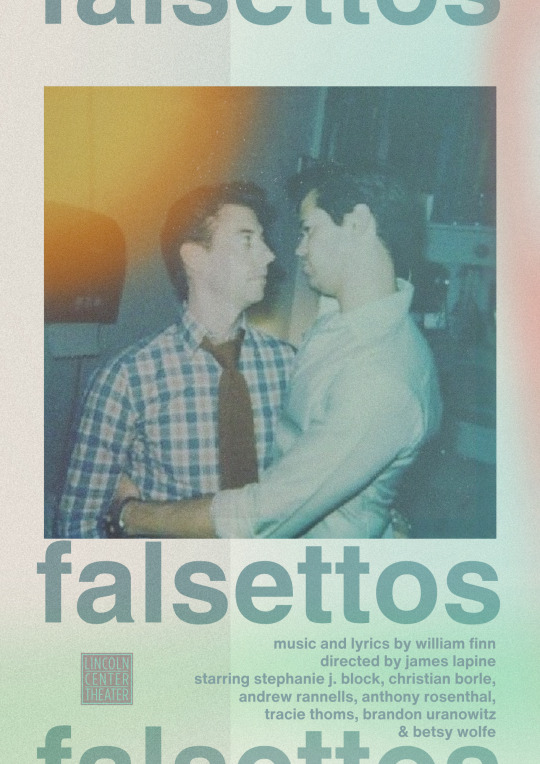
#some are intentionally retro while others are just there#yes the last one is inspired by that one aftersun poster#falsettos#the marvin trilogy#falsettos revival#falsettoland
2K notes
·
View notes
Text

#tumblr aesthetic#tumblraesthetic#tumblrgirl#2013 tumblr#2014 tumblr#2014 aesthetic#2014 revival#2014 nostalgia#tumblr 2014#2014 grunge#2013 aesthetic#2013 nostalgia#2014 soft grunge#i miss 2014#2014 fashion#2013 core#tumblr 2013#i miss 2013#2014 vibes#2014core#2014 style#grunge revival#tumblr grunge#old tumblr#2012 tumblr#long shirt#pale grunge#grunge#retro#filter
701 notes
·
View notes
Text


→ elros & elrond — the first king of númenor and the lord of the last homely house
#elros tar minyatur#elros#elrond#elrond peredhel#elrond and elros#my art#my edit#tolkien#silmarillion#lotr#silm#the lord of the rings#the hobbit#✨ mine#i had feelings about them again#SO MANY FEELINGS#so here we are#the return of the silhouette edits#retro arda#(i guess we're reviving that tag lol)
554 notes
·
View notes
Text






#scene revival#nostalgiacore#scene#dm for credit or removal#early 2010s#old internet#kawaiicore#heisei retro#kwaiicore#cutecore#jojifuku#harajuku#pop kei#fairy kei#spank kei#decora#scenecore#tw flashing
157 notes
·
View notes
Text









mentally i’m still in 2014
#rilakkuma#korilakkuma#2014#2010s#2010s nostalgia#2014 tumblr#2014 aesthetic#2014 nostalgia#2014 revival#bring back 2014#i miss 2014#juminocore#heisei retro#heisei#coquette girl#trinket collection#coqeutte#soft aesthetic#pink bows#pink aesthetic#pinkcore#pink moodboard#pink blog#girl blogger#this is a girlblog#girlblogging#sadiecore#pastel#pastel aesthetic
323 notes
·
View notes
Text







#2014 tumblr#2014 grunge#2014 aesthetic#2014 revival#2012 tumblr#tumblr 2014#2010s#90s aesthetic#90s#90s nostalgia#80s aesthetic#80s nostalgia#80s#vhs aesthetic#vhscore#retro graphics#film#cinematography#tumblr grunge#old tumblr#urban aesthetic#nyc#city#cityphotography#urban#city life#nightlife#indie sleaze#losangeles#beach
505 notes
·
View notes
Text

Boris wait! The cake's supposed to be for... Well... I guess we were a bit late... Alright, but at least use your napkin next time okay little guy? Happy birthday to the Bendy fanbase! We can't wait to see more from such creative wonderful people!
#Bendy#bendy and the dark revival#bendy and the ink machine#batim#batdr#bendy and the ink machine au#Boris Drew#batim au#it's showtime#Bendy Encore#Bendy fangame#queer horror#indie horror game#indie horror#mascot horror#game development#indie game#indie games#cartoon#1930s style#rubberhose#old toons#cartoonart#1940s cartoons#retro style#1930s#1930s cartoons#Encore#mod whirly#not ask
45 notes
·
View notes
Text
2000s OMG🩷🩷🩷🩷🩷








I LOVE THIS PINK ERA OMGG


#emo#music#2000s emo#fandom#2000s aesthetic#2010s#soundcloud#tumblr fyp#emo scene#scenemo#pink scene#pink blog#pink aesthetic#pink#2000s nostalgia#2000s web#retro internet#myspace#bracelets#accessories#colorful#retro phone#ayesha ericota#i love this#2000s style#2000s fashion#2000s core#nostalgia#2000s scene#scene revival
103 notes
·
View notes
Text






Stutz Blackhawk I, 1971, by Carrozzeria Padane. After Virgil Exner left Chrysler he worked on a series of “Revival Cars,” which were his interpretations of defunct classic-era automobiles including Stutz. With backing from Mr. James O’Donnell, a wealthy investor with a particular fondness for Stutz automobiles, Exner's vision was made real. The first prototype was built by Ghia, with whom Exner had had a long association during his time at Chrysler. However a change of ownership at Ghia led Exner to Modena and coachbuilders Padane who took complete Pontiac Grand Prix and created entirely new bodywork. The cars cost $35,000, equivalent of nearly $225,000 today and were bought by, among others Dean Martin, Sammy Davis Jr., Lucille Ball, and Elvis Presley. Only 25 of the split-windshield “Series I” Blackhawks were built, later cars used more of the Pontiac's bodywork to reduce costs.
#Stutz Blackhawk I#Stutz Blackhawk#1971#coachbuilt#Virgil Exner#Pontiac Grand Prix#Carrozzeria Padane#Padane#retro style#Revival Car#dead brands
212 notes
·
View notes
Text

The White Stripes "No Skating Today"
#the white stripes#jack white#meg white#garage rock#rock revival#indie rock#alt rock#seven nation army#lofi rock#rock legends#stripesstyle#rawsound#blues rock#music icons#retro rock#guitar god#drum beats#duopower#rocknrollvibes
29 notes
·
View notes